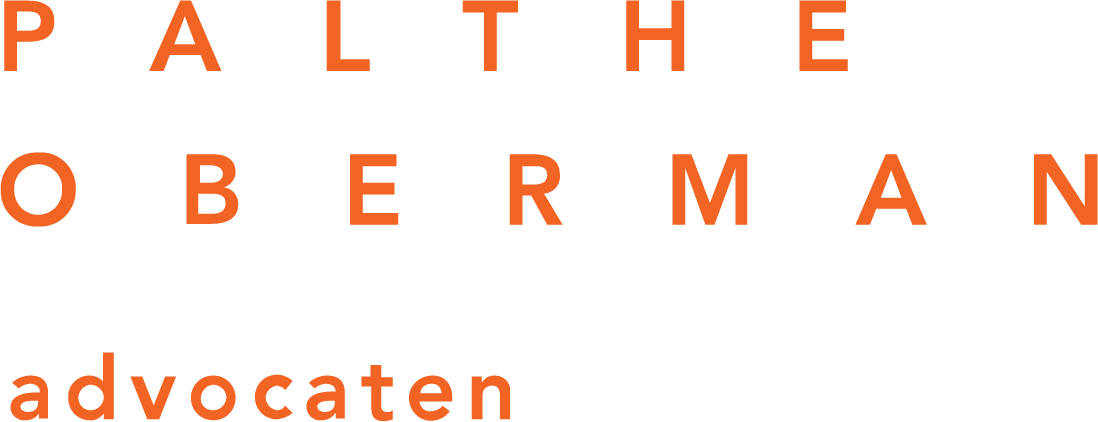The 30% facility makes it attractive for incoming employees (‘expats’) to work in the Netherlands: they can receive 30% of their gross salary tax-free. This percentage is viewed as reimbursement for extra costs related to working abroad. Do you also have employees who fall under the 30% facility? Be alert to the following employment law aspects of the hiring and firing of these employees.
To freshen up
To be eligible for the 30% facility, an expat must at least meet the following conditions:
- The employee must have specific expertise (in 2022, expertise is assumed from an annual salary of € 39,467,-).
- In the 24 months prior to starting work in the Netherlands, the employee must have lived at least 16 months at a distance of at least 150 km from the Dutch border.
Hiring
As of January 1, 2024, the 30% facility is expected to be limited to a maximum of 30% of the ‘WNT standard’, which is set at € 223,000,- in 2023. This means that if the salary exceeds this maximum, the excess is fully taxed. A transitional arrangement has been proposed: employees who fall under the 30% facility in the last period of 2022, the capping measure will only apply as per January 1, 2026. Consequently, keep in mind that expats who join you on January 1, 2023 or later will fall under the expected capped facility per January 1, 2024.
Firing
An expat who needs to look for a new job may face several challenges, such as limited knowledge of the Dutch language and also the Dutch labor market. For this reason, as employer you may want to exempt this employee from work (for a longer period of time) to give him the opportunity to find a new job. In that case, please note the following:
The 30% facility ends in the month following in which the employee stops performing the (actual) work. This is therefore not the moment of formal termination of the employment contract. For example: an employee is released from work on November 24, 2022, while his employment ends on February 1, 2023. In that case, the 30% facility will apply up to December 31, 2022.
The 30% facility covers income directly related to work; any bonuses are also included. However, the income must originate from the current employment. In practice, this means that a bonus, which is not paid one month after the month that the employee actually stopped performing actual work, is fully taxed.
Note; any statutory transition or severance payments are not covered under the 30% facility anyway.
An employee can only claim the 30% facility once and for a total period of five years. In case of termination of the employment contract before that five-year period has expired, an application for the remaining part can be made if the new employment commences within three months after termination. Thus, in the aforementioned example, the employee will have to join his new employer before May 1, 2014.
In short: incoming employees starting after January 1, 2023 will fall under the expected capped 30% rule as of January 1, 2024. The moment when the employee actually stops performing work is of great importance to him: it determines when the 30% facility expires and when the (short) interim period he has to find new work with retention of the 30% facility starts. As an employer, be aware of this, especially when preparing and negotiating for dismissal.

